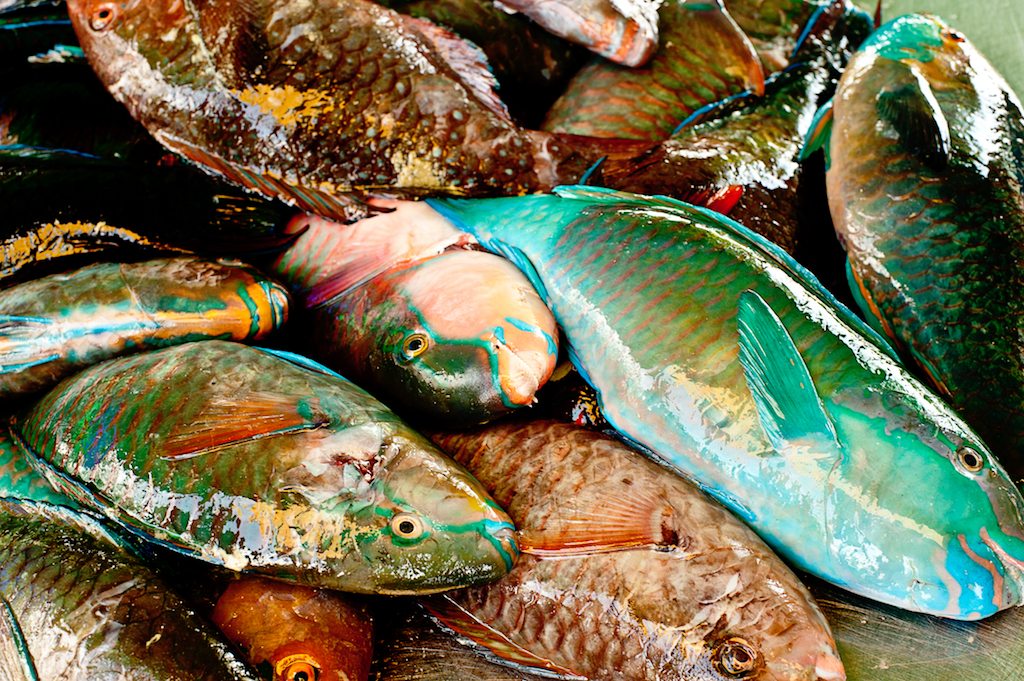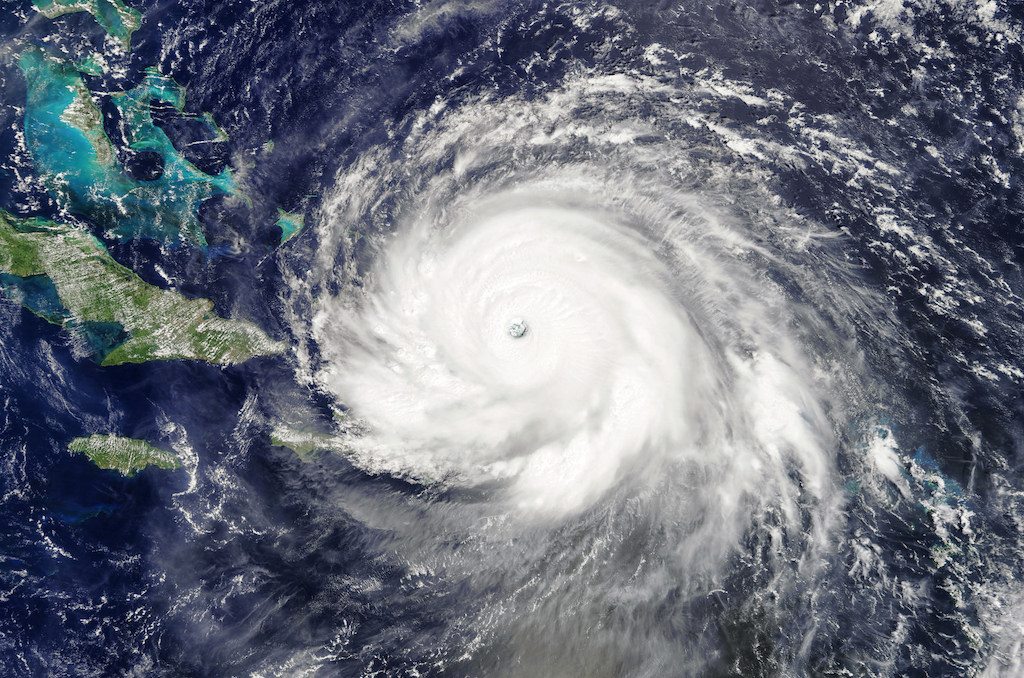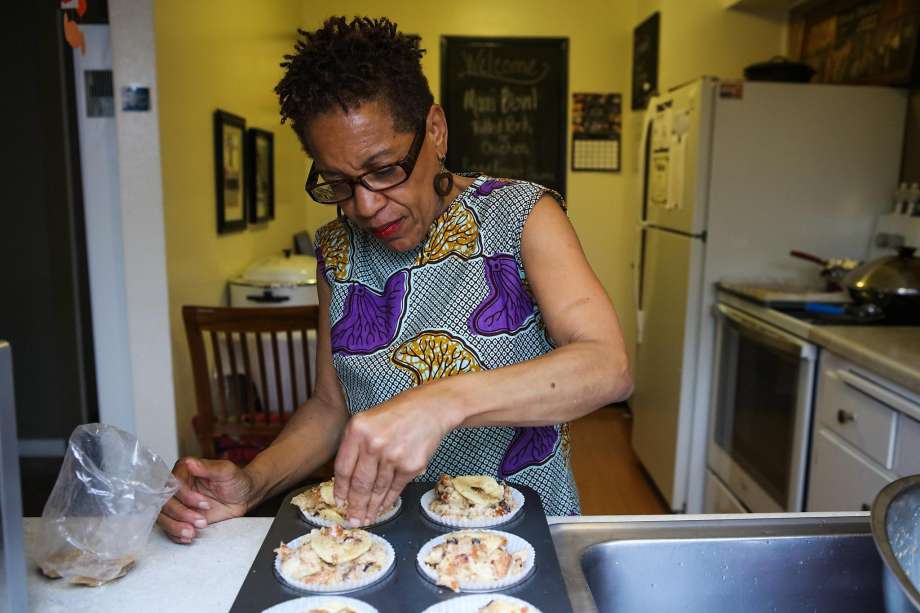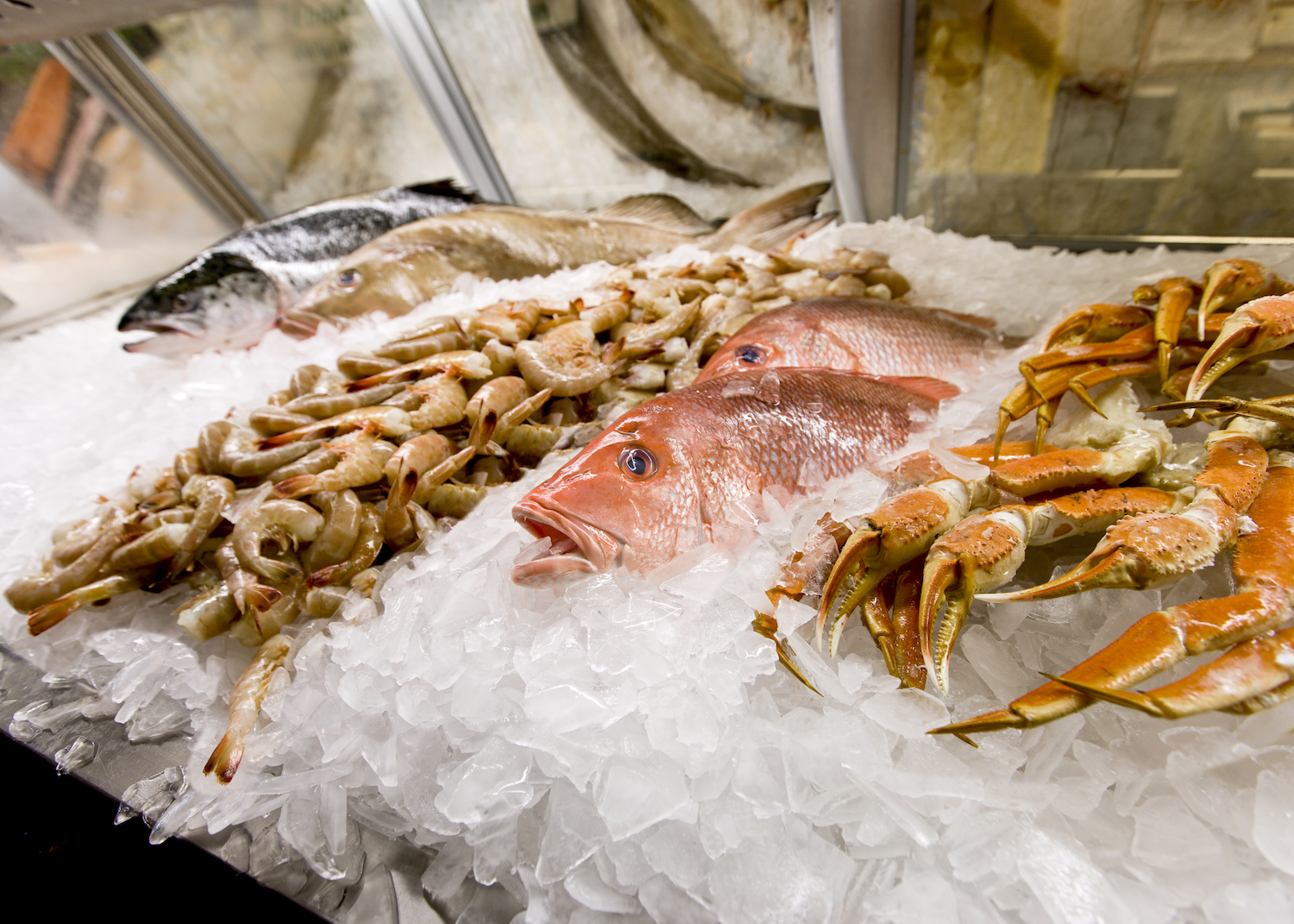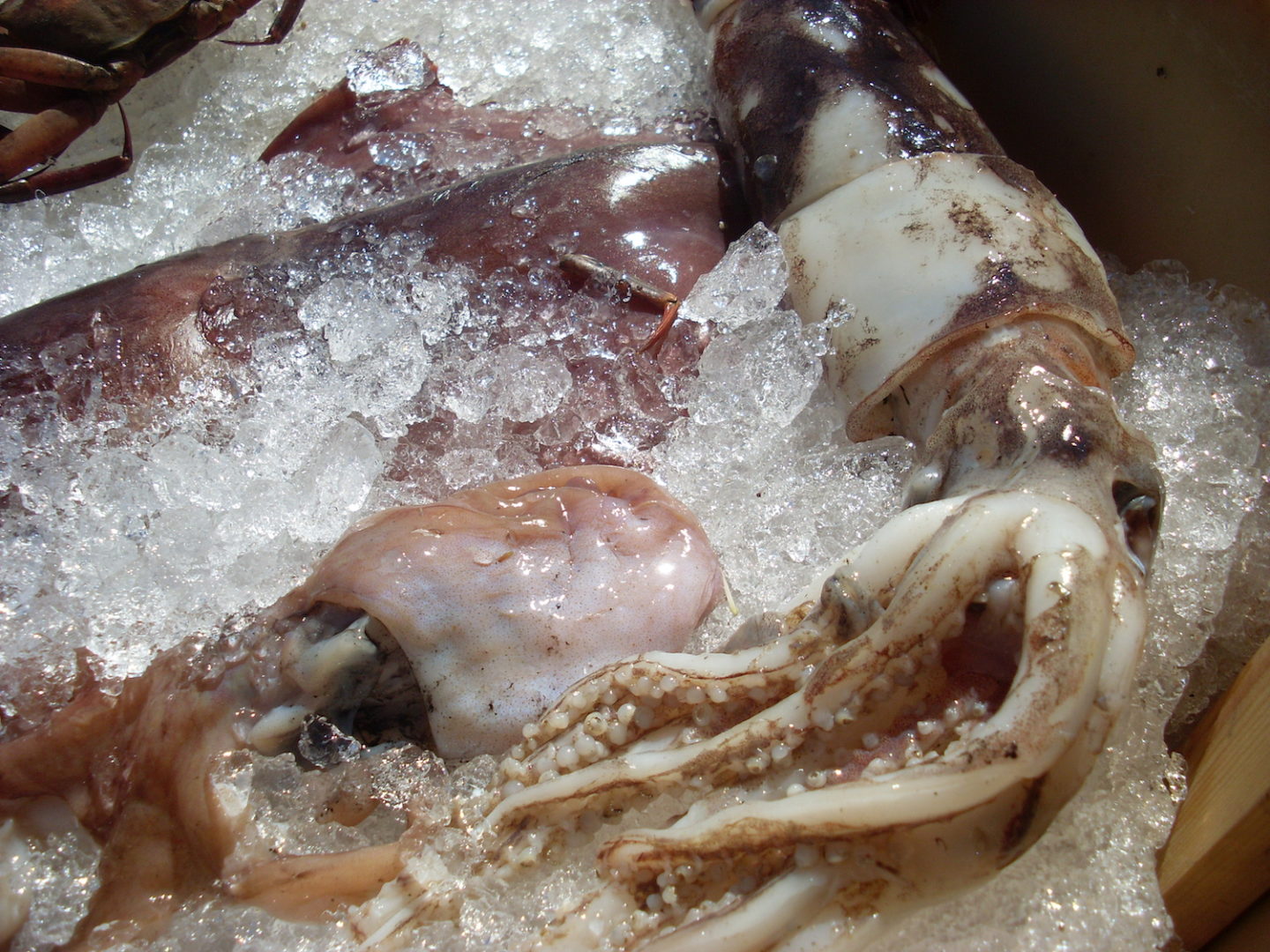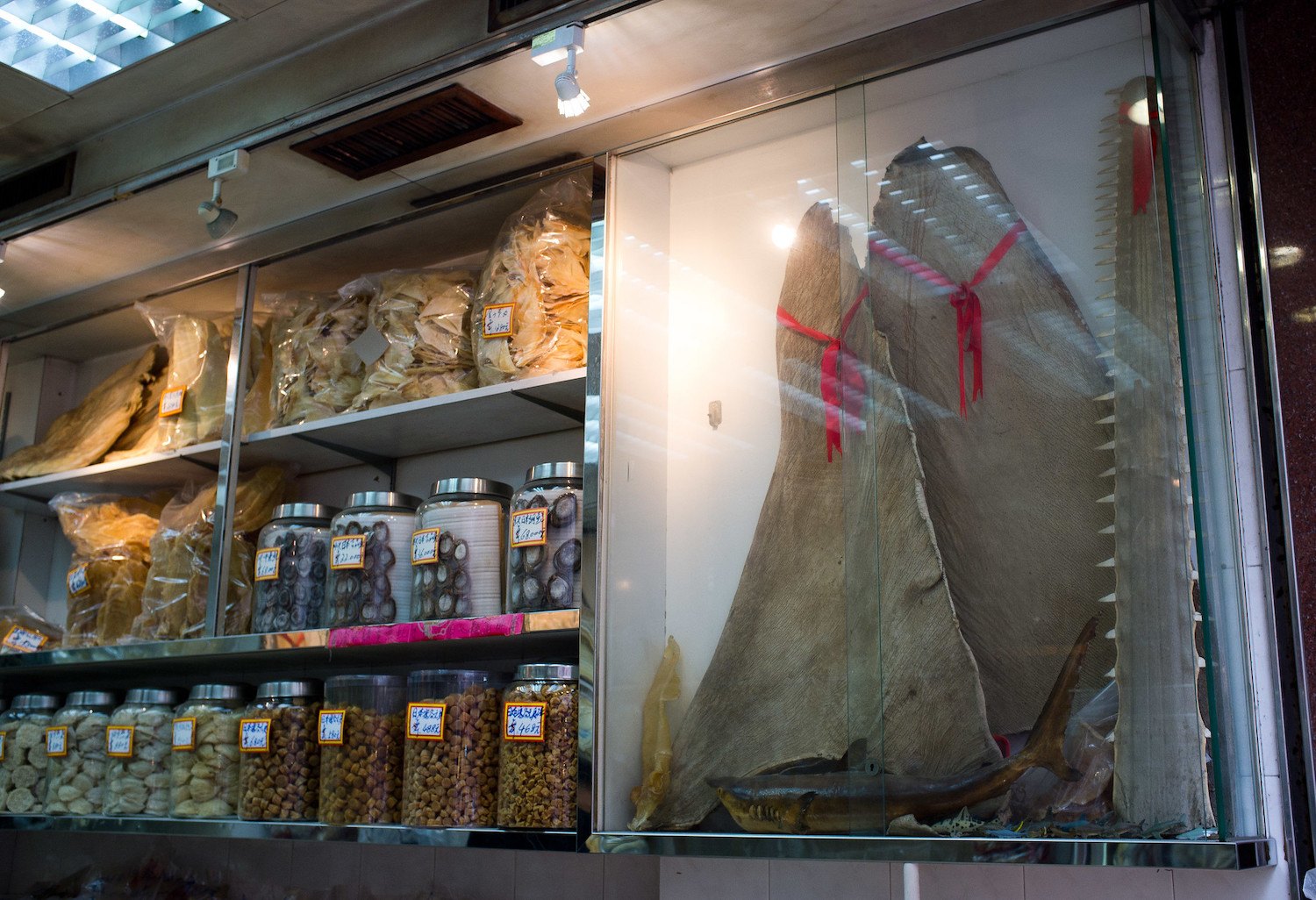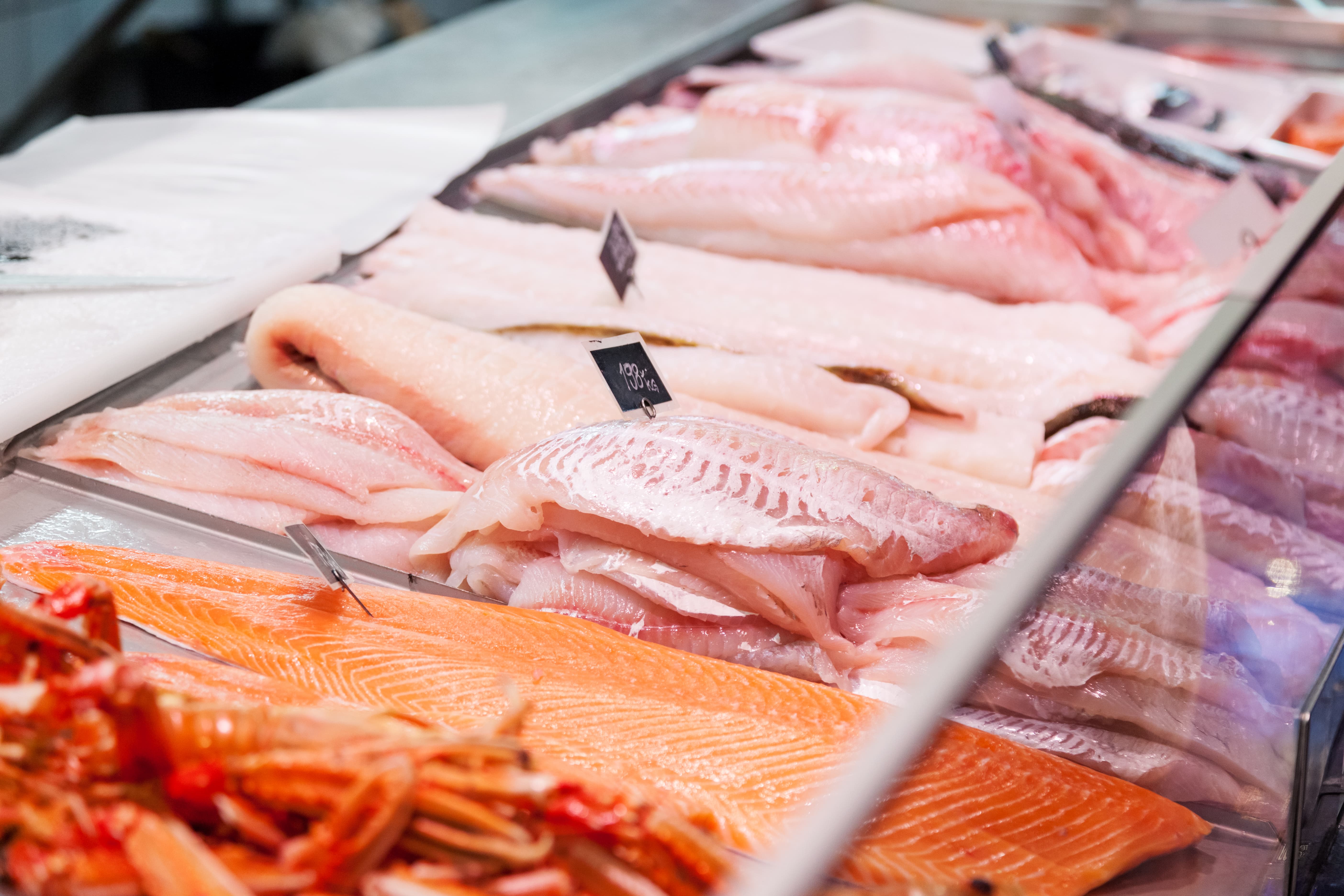
iStock/zoranm
Fishermen and processors say they’ve lost up to 85 percent of their revenue. They also worry: Will there be any restaurants left when the pandemic ends?
Santa Barbara fisherman Paul Teall’s biggest client is a Los Angeles restaurant that seats 3,000. It placed its last seafood order three weeks ago, shortly before Mayor Eric Garcetti ordered all bars and restaurants to halt dine-in services in an effort to slow the spread of coronavirus. Since then, Teall says that his revenue has plummeted 75 to 85 percent.
“Prices are down and the demand is down,” he says. The remaining income Teall pulls in comes from selling directly to eaters at a local fisherman’s market, though he says attendance there has also declined. Besides, Teall, who has underlying health concerns, is worried that he’s putting himself at risk by participating in the market at all. “It’s a scary time right now.”
The rapid spread of coronavirus in the U.S. has led to shelter-in-place orders in 30 states, according to a New York Times count. Since the beginning of March, most restaurants across the country have either shut down or scaled down their offerings to take-out and delivery only. As a result, these moves have had a disproportionate impact on the seafood industry, producers and processors say.
“I have no products going out, and I have no money coming in.”
Americans spend a little over $100 billion on seafood annually, according to a 2017 report issued by the National Oceanic and Atmospheric Administration. Of that, nearly $70 billion worth is consumed outside of homes—at restaurants, in cafeterias, via catering services, and so forth.
“I have no products going out, and I have no money coming in,” says Peter Jarvis, president of Triar Seafood Company, which processes and supplies seafood for the hospitality industry, including restaurants, hotels, resorts, country clubs, and casinos. (Jarvis notes that the tourism industry, too, has ground to a halt, another major source of revenue.)
To stave off the need for layoffs, Triar recently launched a curbside seafood market outside its warehouse in Hollywood, Florida. But local sales make up just a small drop in the bucket left empty by shuttered restaurants and hotels. And while some restaurants continue to fulfill to-go orders, Jarvis doesn’t believe that business will trickle down into any notable demand for his fish.
She’s had to cut her workers’ hours, scaled back on purchasing from fishermen, and now relies on two dockside seafood markets for some limited sales.
“Takeout is for tacos, takeout is for pizza, takeout is not for high-end seafood,” Jarvis says. “Seafood does not taste good when it’s gone from a place into a cardboard box or a styrofoam box.”
Jeanna Merrifield, manager of Wild Ocean Seafood, a processor in Rockport, Florida, estimates her company’s revenues have dropped 75 percent. She’s had to cut her workers’ hours, scaled back on purchasing from fishermen, and now relies on two dockside seafood markets for some limited sales. But while the past month has posed unprecedented difficulties, Merrifield is more concerned about whether her business can endure the longer-term ramifications of Covid-19, which are—for now—uncertain.
“Will [restaurants] be able to come back in a month or two months or four months?” she says.
There might be some help on the horizon: Last week, President Donald Trump signed a $2 trillion stimulus package, popularly known as the CARES Act, which earmarked $300 million in direct relief for the seafood industry.
Teall hopes that some of that money will help with ongoing business costs, such as fuel, bait, cleaning, and maintenance, as the pandemic rages on.
“Will restaurants be able to come back in a month or two months or four months?”
The bill also launched a $350 billion program to provide loans to businesses with fewer than 500 employees for expenses like rent and payroll. For those companies that manage to avoid laying off employees through the end of June, any loans they receive via the program will be forgiven.
Jarvis expects that funding via CARES Act will help keep his staff employed and business running. And whenever the worst of the pandemic subsides, he still expects that hospitality industries will need several more months to recover.
“Because people will still be afraid of going out well,” he says. “It’s gonna get worse before it gets better.”


